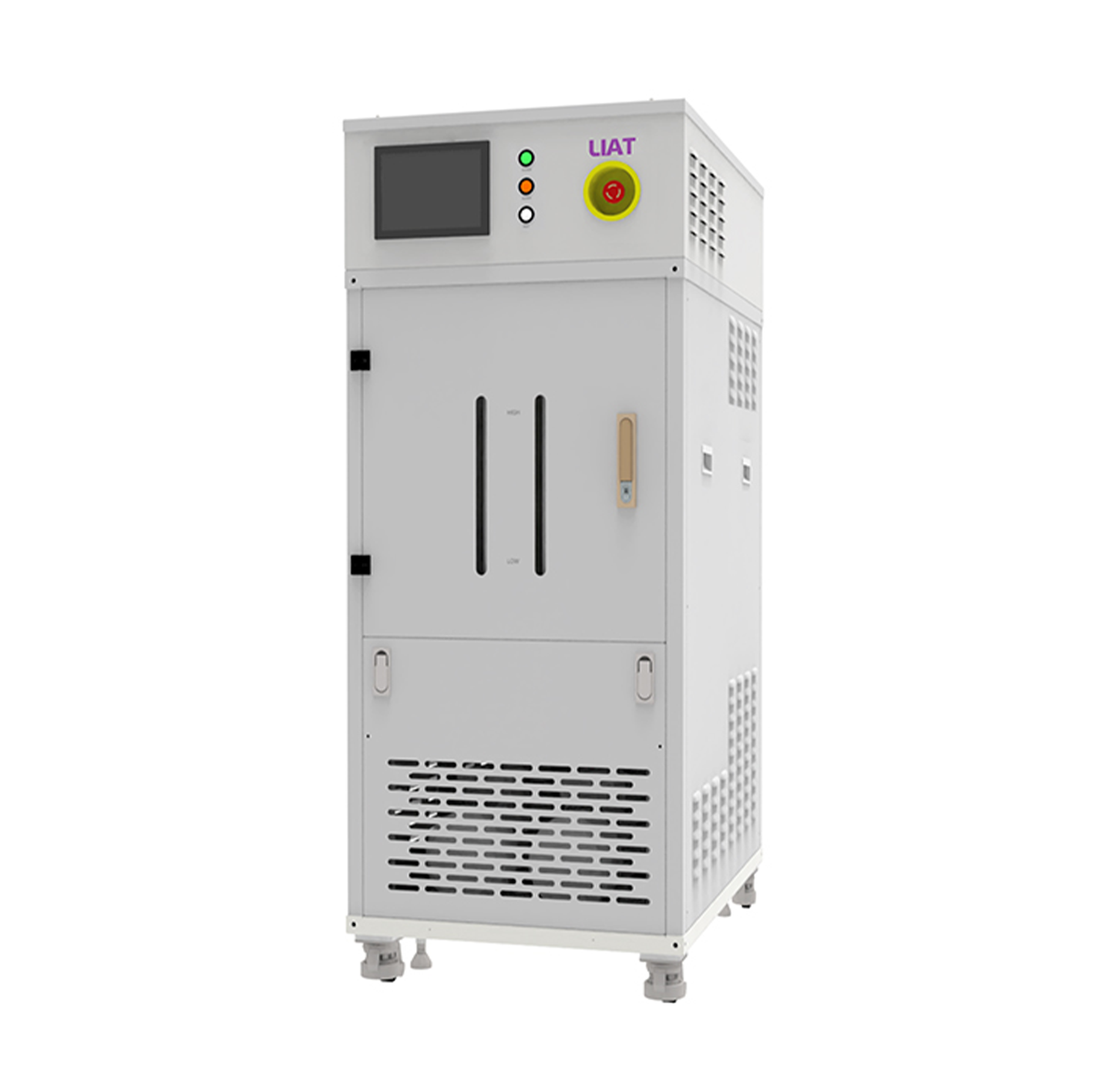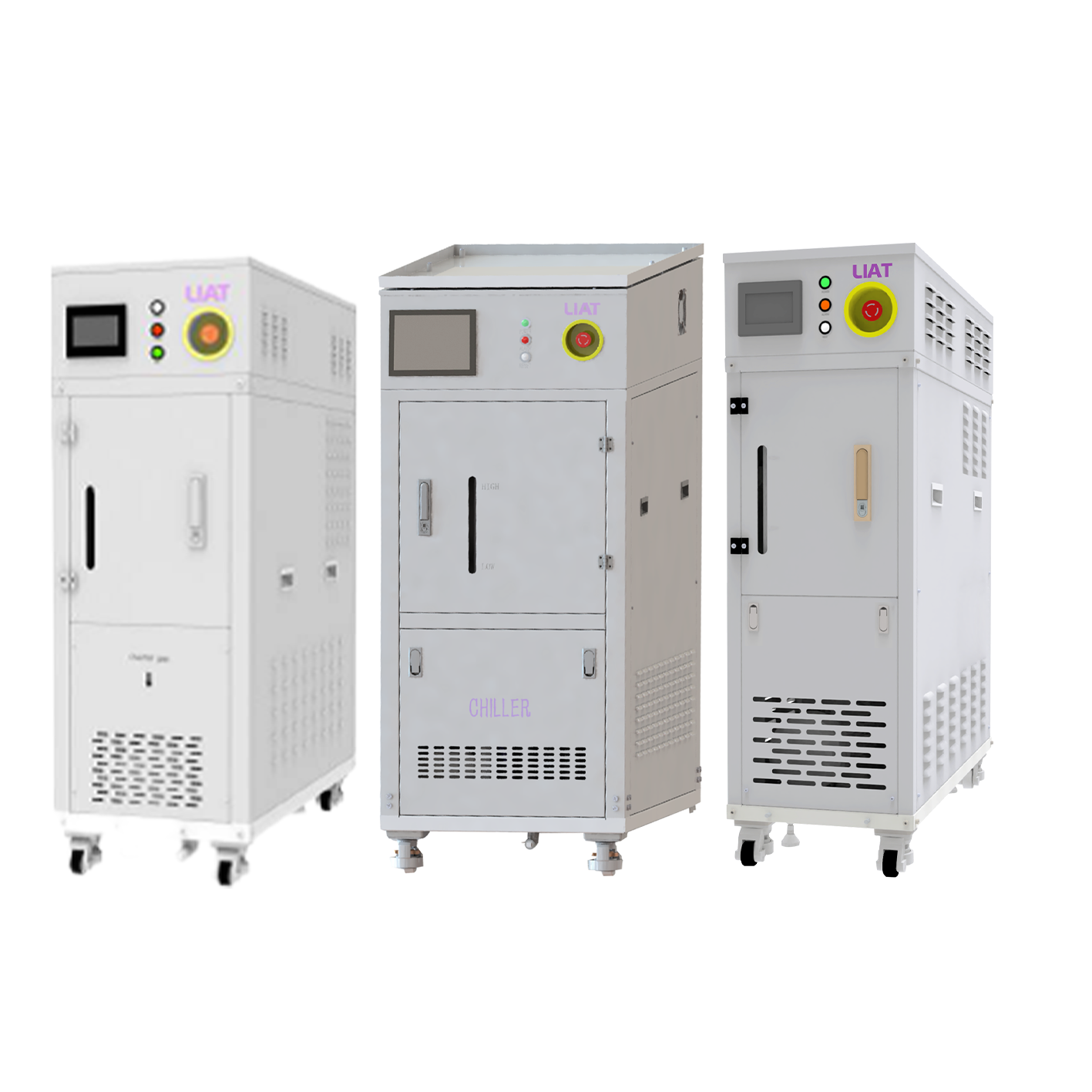A dual-channel heat pump exchanger is the main component of a dual-channel heat pump. Dual-channel heat pump exchangers are prevalent in industry heating, commercial HVAC, and home thermal comfort systems. Liatem is a professionally offered thermal control services provider, and the company addresses the needs of such systems with advanced designs built to maximize dual flow interface designs for efficient heat transfer of two separate fluid systems. Dual-channel heat pump exchangers are an improvement from single channel models that only engage with a single heat source. Beyond the traditional single source to heat absorption and release, dual channel systems provide the needed complexity of high-efficiency heat pump systems. This is made possible through optimized working structure which supports simultaneous absorption and release. The inner anatomy of the exchanger defines its functionality. This understanding comes from dissecting its systems of core structure, dual-cycle, heat transfer with adjustment, core system, and regulation.

Liatem's Dual Channel heat pump employs a heat exchanger that utilizes a unit divided in length internally for refrigerant and target fluid separation, a refrigerant for heat pump compressor and a target fluid (like water, or air). One, the refrigerant channel, the low temp, low pressure refrigerant evaporates to absorb the available heat, the other, the target fluid channel, and the fluid that needs to be heated or cooled, flows to exchange heat with the refrigerant. Take for instance, a residential heat pump system, where the refrigerant channel carries and circulates the refrigerant and the target fluid channel carries water for domestic purposes. The partition between the two channels is constructed of a highly thermally conductive material (for instance, an alloy of copper and aluminum) to ensure fluid heat exchange and leakage is maintained. The independent dual channel design serves the independent purpose of the dual channel heat pump exchanger, to be capable of performing two functions of heat transfer simultaneously.
**Improved exchangers’ crossflow heat exchangers** The heat pumps that finally achieved a close approach between the inlet and outlet of the water and refrigerant, have, in a reciprocal manner, downstream water flowing portion. The heat exchanger also provides a close transfer of water to refrigerant for sharing the heat to refrigerant. In all the other crossflow heat exchangers, heat is received and passed to more than one heat transfer surface.
**Summary** Improvement of the Dual Channel Heat Pump uses crossflow heat exchangers to achieve dual channels. the upper channel receives water from an optimized pump, then the water is split in two branches. In the other channel, a single refrigerant passes dual crossflow is available for counter-crossflow of a dual channel.
In the dual channel heat pump exchanger of liatem, the refrigerant channel has the refrigerant flowing from the channel's bottom towards the top, an upward path along which the refrigerant, as it rises, evaporates, and consequently, absorbs heat, and in the channel of target fluid, the target fluid is flowing from the top towards the bottom, discharging energy in the form of heat, if cooling, or, if heating, absorbing energy in the form of heat. The opposite flow ‘thermally short circuits’ along the length the dual channels as both the fluids flow in opposite directions along the channel and in the target fluid channel. For instance, in the heating mode of a pump, the bottom of the refrigerant channel, the ‘low temperature refrigerant’ at 5°C, absorbs, from the target fluid which is in a descending 20°C region, and flowing downwards. At this ascending and evaporating region, the refrigerant, target fluid, and 15°C, 10°C, respectively, maintain a temperature difference of 5°C which augments the heat transfer, which is stable within the range of each fluid. The dual channel heat pump exchanger is much more effective in countercurrent flow, whereby the fluids flowing in opposite directions, rather than concurrent flow. The countercurrent flow increases the heat transfer efficiency of the dual channel heat pump by 30-40%, supporting the rapid performance of the heat pump system.
The heating and cooling modes of a dual channel heat pump exchanger are mastered through the phase change which occurs in the refrigerant in both of the dual channels.

As a refrigerant, the entity, in heating mode, in the low pressure and liquid phase enters the refrigerant channel of the dual channel heat pump exchanger and, in the other channel, in the target fluid, for instance outdoor air or groundwater, absorbs heat, evaporates to low pressure gas, and moves to the compressor, where it is converted to high temperature gas for heating. Suppose a refrigerant is a high temperature, high pressure gas after it comes from the compressor. In that case, it moves straight to the refrigerant channel, gives up heat to some target fluid, for instance, the cooling water, and is then condensed to high pressure liquid, which then passes to the expansion valve to become low temperature liquid for cooling. The dual channel heat pump exchanger by liatem enhances the heat exchanger channel’s inner fin geometry to maximize surface area, which accelerates the phase change process with more refrigerant in the condensed industrial cooling systems which, under these conditions, it can move 50 kg of refrigerant condensed per hour while transferring 120 kW of heat to the cooling water. In this case, it efficiently reduces the temperature of the industrial equipment.
Liatems dual channel heat pump is equipped with intelligent control valves on both channels. These valves control the refrigerant and target fluid flow rates based on the real time temperature requirements. For instance, when the heat demand increases (e.g. a factory needs hot water to keep the production process going), the control system is able to increase the refrigerant flow rate in the refrigerant channel and the target fluid channel, thereby increasing the rate of heat transfer. Conversely, when the demand decreases, the flow rates are decreased to conserve energy. For instance, while in a commercial building HVAC system, if the indoor temperature set is achieved and is decreased, the dual channel heat exchange is able to reduce the control valve position to 50% eliminating energy waste while still maintaining the desired temperature. This form of adaptive adjustment improves the energy consumption of the system and increases the life the pump control system building as it avoids excessive operations.
Conclusion
A dual channel heat pump exchanger works by relying on independent dual flow channels for separate fluid management using countercurrent flow for increase heat transfer efficiency, bidirectional through the refrigerant phase change, and dynamically through flow rate adjustment based adaptive control.
The Liatem Dual Channel Heat Pump Exchanger improves every component of its working logic to maintain high efficiency, stability, and versatility. While working on energy target saving and efficient temperature management, applying Liatem Dual Channel Heat Pump Exchanger in industrial heating or cooling, commercial refrigeration, or residential temperature control applications is only sensible when the nuances of the systems are understood.